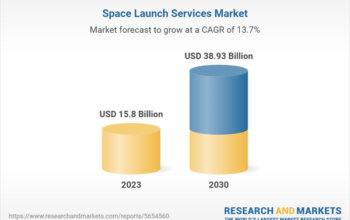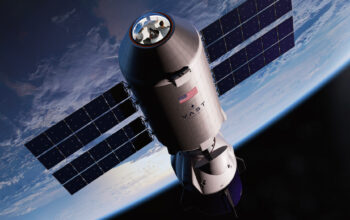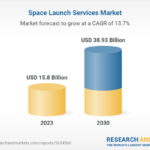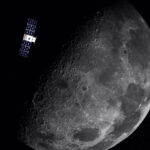NASA will send astronauts deeper into space than humans have ever gone—40,000 miles beyond the Moon and farther than any of the Apollo missions. In a few short years, the first woman and first person of color will walk on the surface of the Moon, and begin to establish longterm exploration for the first time.
But first, to ensure those missions are safe and successful, later this year NASA will launch an uncrewed Orion spacecraft atop the most powerful rocket ever built, the Space Launch System, to test our capabilities to orbit the Moon and return to Earth.
Source: NASA

NASA Releases its Reference Guide for the Artemis Missions’ Orion Spacecraft
By Marcus Beau, editor-in-chief
NASA will send astronauts deeper into space than humans have ever gone—40,000 miles beyond the Moon and farther than any of the Apollo missions. In a few short years, the first woman and first person of color will walk on the surface of the Moon, and begin to establish longterm exploration for the first time.
But first, to ensure those missions are safe and successful, later this year NASA will launch an uncrewed Orion spacecraft atop the most powerful rocket ever built, the Space Launch System, to test our capabilities to orbit the Moon and return to Earth.
Earlier today, NASA sent out a tweet with a link to its reference guide.
#Artemis I launch is around the corner and Orion is ready to fly! Make sure you are too and get to know your spacecraft with the Orion reference guide. https://t.co/BRBgRk8SbG pic.twitter.com/8TuBcPN7c8
— Orion Spacecraft (@NASA_Orion) November 8, 2022
The Orion spacecraft is built by NASA and prime contractor Lockheed Martin. It is currently the only spacecraft capable of crewed deep space flight and highspeed return to Earth from the vicinity of the Moon.
NASA’s Artemis program is leading the charge to land the first woman and first person of color on the surface of the Moon, and Orion is the spacecraft that will carry astronauts from Earth to the lunar vicinity and return them back home.
Orion is specifically designed to carry astronauts on deep space missions father than ever before. It will provide protection from solar radiation and high-speed entry into Earth’s atmosphere, as well as advanced and reliable technologies for communication and life support.
Orion’s missions will span multiple phases, as part of NASA’s framework to build a flexible, reusable, and long-duration infrastructure that will last multiple decades and support missions of increasing complexity.
The Moon is the proving ground for sending astronauts to Mars. It gives us opportunities to test new tools, instruments, and equipment to expand humanity into our solar system. Mars remains the horizon goal.
NASA expects to take advantage of the unique exploration capabilities of both SLS and Orion and emerging commercial capabilities to build and support the Gateway.
Make sure to dowload and study the reference guide (this link will open a PDF document in a new window).
For corrections or follow-up: editor@spaceinfohub
You may like these posts too:
- No related posts.













